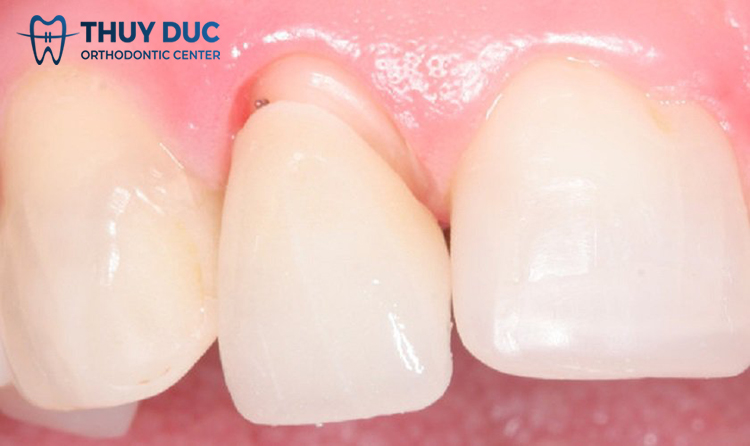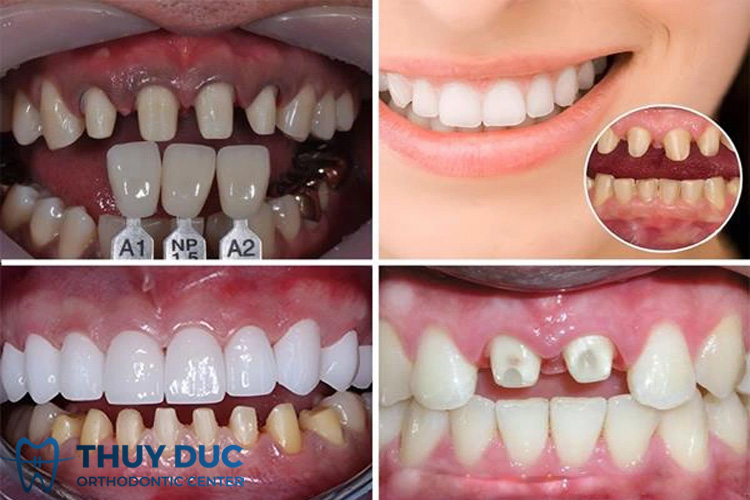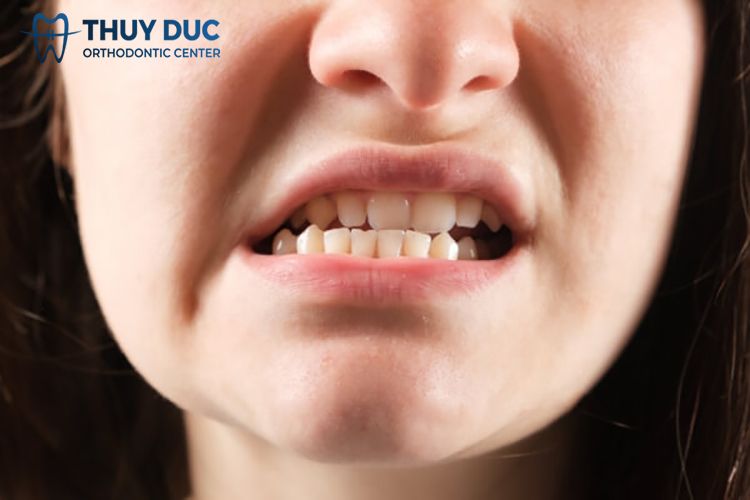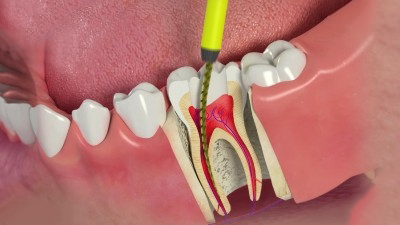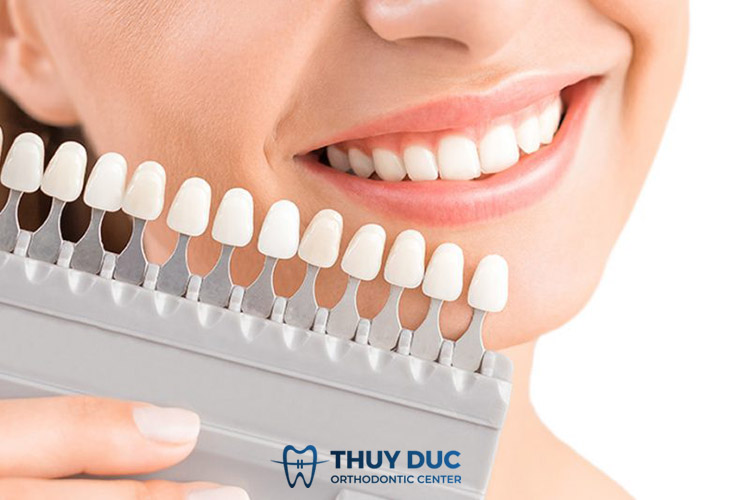Porcelain crowns are a solution to help restore the aesthetics of your teeth, giving you bright, white, beautiful teeth. However, many people are worried about whether porcelain dental crowns are painful or not, but are still hesitant to decide to have them done. So what is the truth of this story?
Table of contents
Are porcelain crowns painful?

Porcelain crowns are one of the most popular painless tooth restoration methods today. The porcelain crown process may grind and impact the tooth, thereby removing part of the outer enamel. However, this is only the outside part so it won’t cause pain if done properly. Besides, before grinding, the doctor will administer anesthesia so most of the process will not feel any pain or discomfort at all.
Causes of pain when wearing porcelain teeth
However, in reality, there are still cases of pain and discomfort when wearing porcelain teeth. The causes of pain mostly come from:
Dental disease has not been completely treated
The important rule before getting porcelain crowns is to treat dental diseases: tooth decay, pulpitis, periodontitis… If not done thoroughly, pain for the patient when getting porcelain crowns is certain. will happen.
Doctor’s skills
When grinding teeth, it is necessary to ensure a standard tooth grinding ratio to minimize tooth invasion. If the tooth grinding rate is not correct, too much tooth invasion will cause pain and sensitivity for the patient.
The fact that the doctor grinds the teeth incorrectly and invades the teeth too much not only causes discomfort for the patient but also affects the effectiveness of the restoration. Porcelain crowns, after being restored to real teeth, do not fit properly and are misaligned, leading to pain in chewing, food stuck in them, bad breath and the risk of other dental diseases.
Is removing porcelain teeth painful?
With today’s modern dental technology, removing porcelain crowns will not be too difficult and will not cause severe pain. In addition, when removing porcelain teeth, the patient is also injected with anesthesia to inhibit peripheral nerve transmission to the brain, reducing the feeling of pain. Afterwards, the patient is given painkillers so the pain level is definitely only very mild.
So, is removing porcelain teeth painful? The second porcelain crown usually does not cause pain or sensitivity. Because the doctor will attach the new porcelain crown directly to the old tooth base, there is no need to grind the tooth further. However, the patient will feel a bit uncomfortable in the first few days because the new porcelain teeth have not fully adapted to the gums. Patients should not worry too much because this condition will quickly disappear.
The process of removing porcelain teeth is also an issue that many people are concerned about. Accordingly, the specific steps are:
Step 1: Examine, determine the condition of the porcelain teeth that need to be removed, clean the teeth for sterility, and anesthetize the patient;
Step 2: The dentist removes the porcelain teeth in many different ways depending on each specific case. The first way is to divide the porcelain crown into small parts to cut and remove each piece in a certain order. The second way is to grind around the porcelain crown along the tooth crown until the rib layer of the porcelain crown is exposed, then remove the porcelain crown;
Step 3: The dentist takes a tooth impression after separating the porcelain crown from the real tooth pulp to make a new porcelain tooth;
Step 4: The doctor reinstalls the complete porcelain crown for the patient to restore the tooth’s function.
After getting porcelain crowns, what should I do if I feel pain?
Until the cause of your tooth pain is determined, there are temporary pain relief treatments that may be effective. For most toothache problems, (over-the-counter) pain relievers will provide temporary relief.
Other solutions may include:
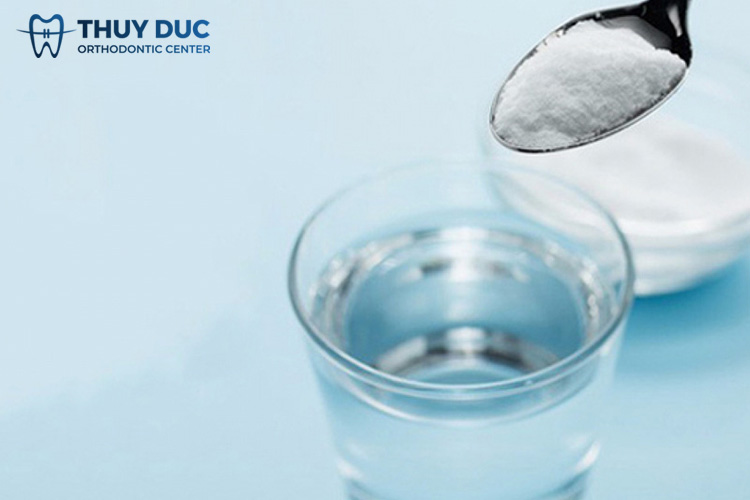
Gargle with salt water. Because salt water has very good antibacterial properties, it will help eliminate bacteria that are harmful to porcelain teeth.
Take anti-inflammatory medication (as directed by your doctor). Do not use painkillers or other pain relief methods without your doctor’s consent.
Gently press a cold washcloth near the painful area. Note that this is only a temporary solution to help reduce tooth sensitivity and discomfort. Only apply ice to the area near the porcelain tooth, do not apply it directly to the location where the porcelain tooth is attached.
Use dental floss to clean food stuck in your teeth (the cause of your toothache may be food stuck in the affected tooth).
